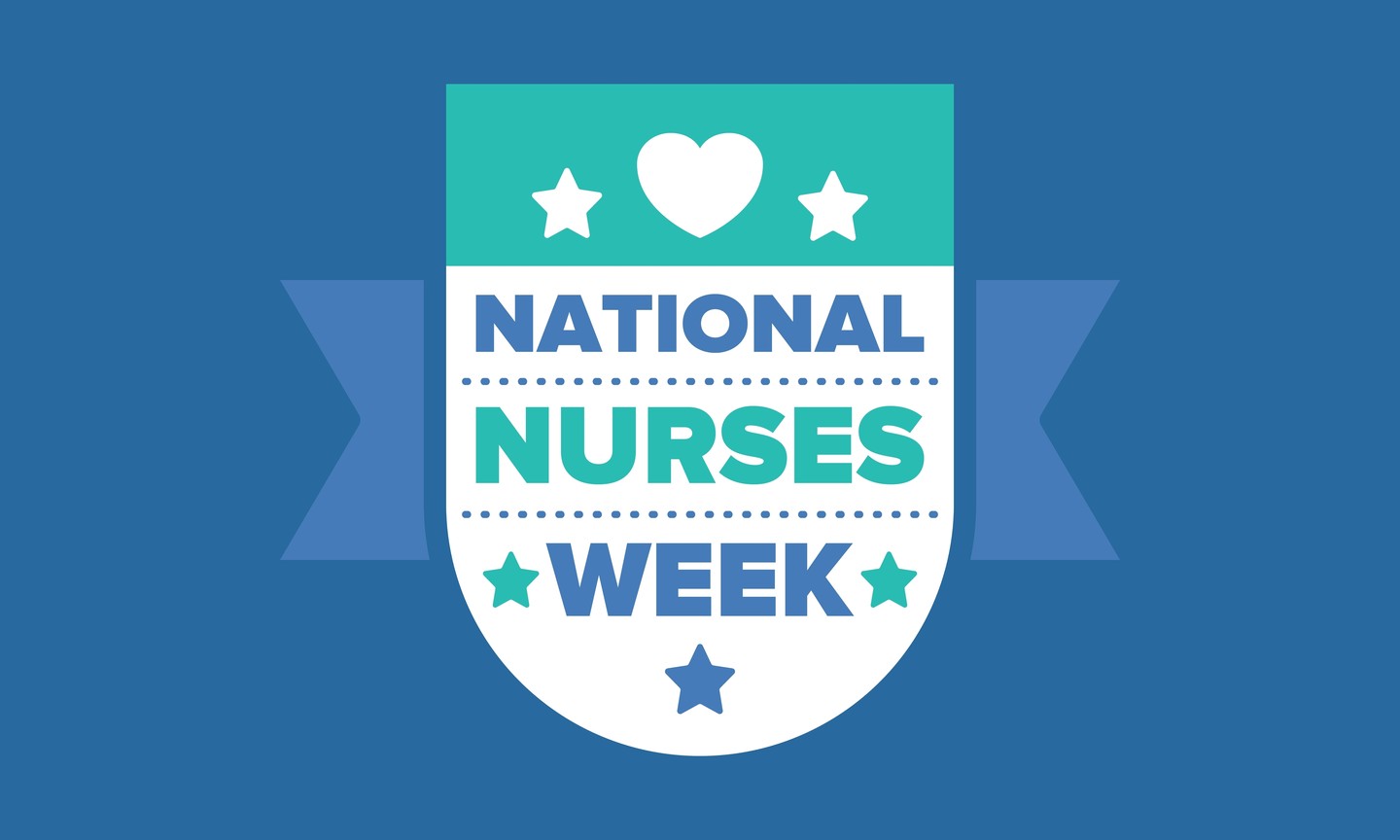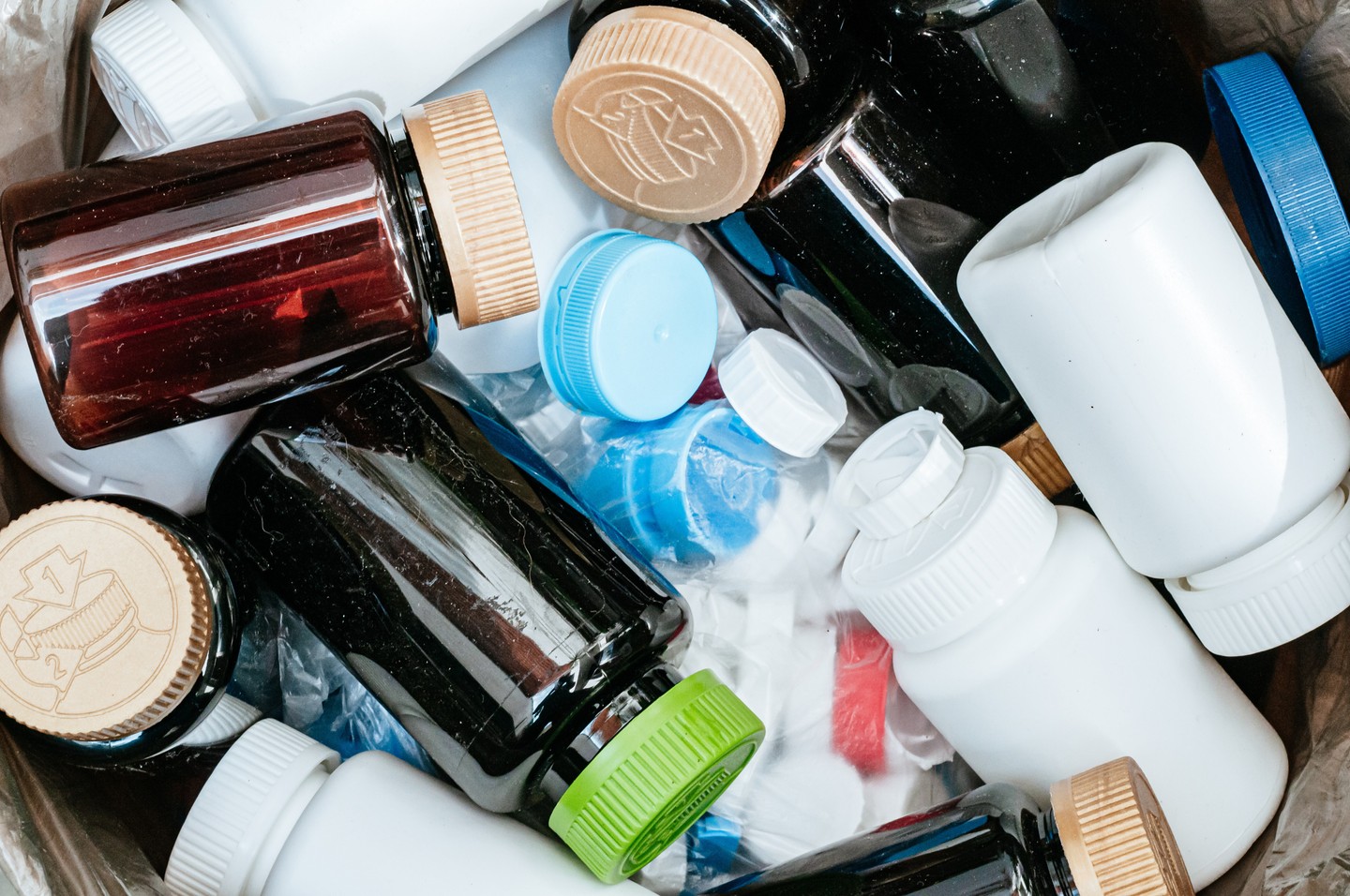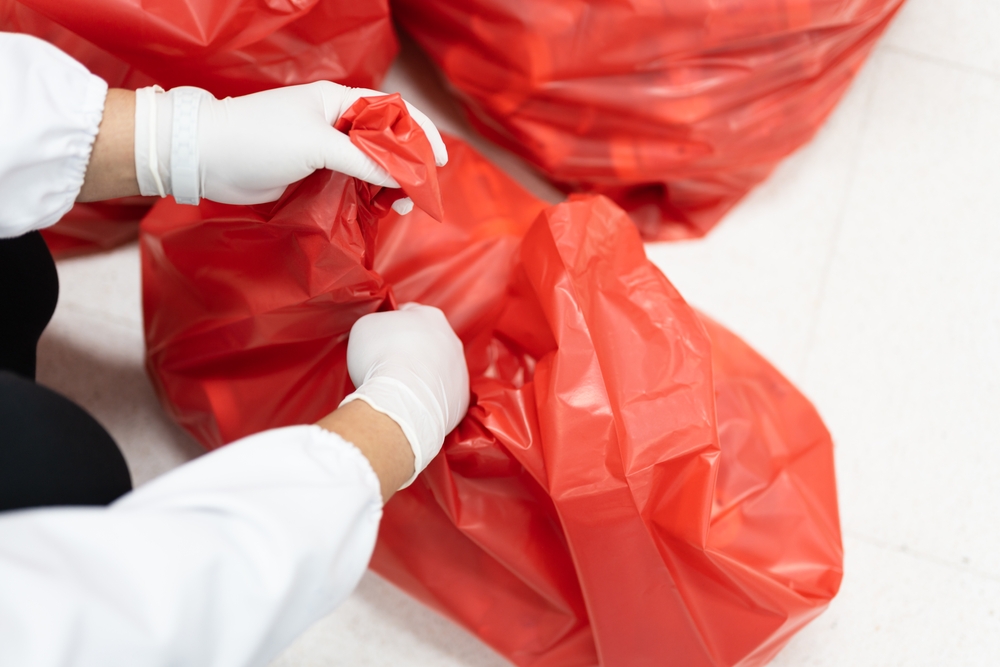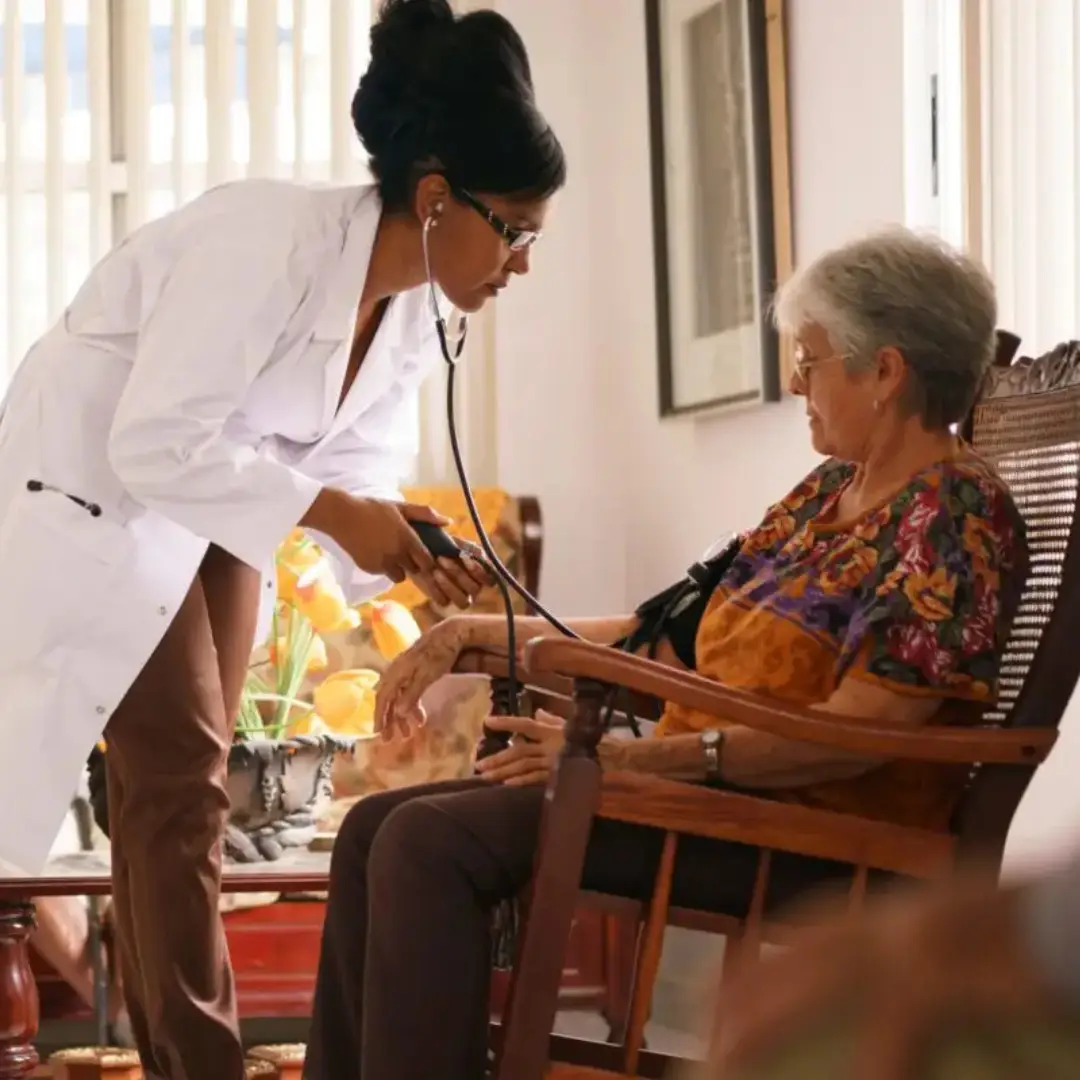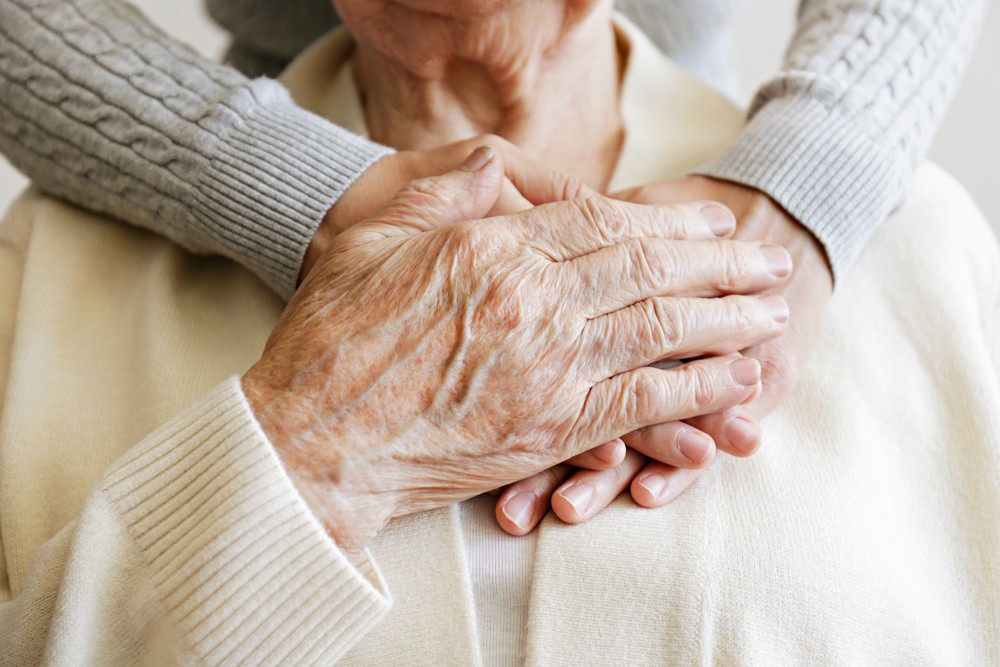Challenges persist in managing waste for hospitals treating COVID-19 patients and aiming to limit the spread of the virus.
Institutions must now complete more steps on-site to safely collect, prepare and dispose of regulated medical and hazardous waste and sharps, while simultaneously protecting workers and the public, according to agency, state and waste hauler guidelines. These recommendations could change further as COVID-19 cases continue in hot spots throughout the United States and personal protective equipment (PPE) remains in short supply.
“‘How do I dispose of (fill in the blank) from a COVID-19 patient?’ is the single question I’ve been asked most on waste management during this pandemic,” said Cara Simaga, the director of government affairs at Stericycle, in a webinar she hosted with Selin Hoboy, the company’s vice president of government affairs and compliance.
Ms. Simaga assured listeners that “[generally, if you put waste] in the red bag before COVID-19, it still goes in the red bag today. If you put waste in the trash before COVID-19, it can still go in the trash today …. If you put something in a pharmaceutical waste container before COVID-19, it will still go there today.” Yet, she and Ms. Hoboy also characterized this pandemic period as a dynamic one, with process changes possibly ahead as scientists uncover new disease insights.
On one hand, Ms. Hoboy explained, the “enveloped virus is easily destroyed with normal disinfection procedures and typical waste treatment methods we use today. It is spread by close contact, so [social distancing is key].” On the other hand, SARS-CoV-2’s highly contagious nature and surface-sticking ability make waste management risky. The COVID-19 virus remains viable in aerosols for three hours, on plastic and steel for 48 to 72 hours, on cardboard for less than 24 hours, and on copper less than four hours (N Engl J Med 2020;382:1564-1567).
Stericycle imposed safety changes despite the CDC’s position that “medical waste (trash) coming from health care facilities treating COVID-19 patients is no different than waste coming from facilities without COVID-19 patients,” and despite a lack of federal guidance on managing regulated medical waste (sidebar).
Ms. Hoboy steered health care professionals, hospital safety directors and administrators toward state health department websites, the Healthcare Waste Institute of the National Association for Healthcare Waste Companies, and Stericycle’s own Knowledge Center (www.stericycle.com/ knowledge-center) as reliable, updated sources for the latest policies and recommendations.
Instead, “there’s a patchwork of regulations we must follow on a state-by-state basis,” said Ms. Hoboy, who urged those involved in waste management to “check regularly because [the regulations] might be changing.” Those tweaks, she said, might provide “regulatory relief, enforcement discretion, or fast-tracking medical waste generator registrations or waiving fees.”
******
She shared Knowledge Center links from the CDC and the Occupational Safety and Health Administration on waste: bit.ly/3gtPUnv; bit.ly/2ZKHYZe; bit.ly/2B2nwsj; and bit.ly/2yDbAfM.
For further CDC/EPA guidance, visit bit.ly/3gxJEv2.
“Having managed Ebola in 2014, I’ve never seen anything of this magnitude. We certainly are in an unprecedented time,” Ms. Hoboy said. Actual direct waste from COVID-19 patients is “minimal,” with less blood and bodily fluids than during the Ebola outbreak, but there is “a lot more PPE and other solid waste generated” in hospitals as well as at pop-up testing sites, clinics, patient triage areas and quarantine sites in unconventional settings.
